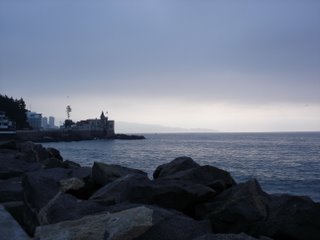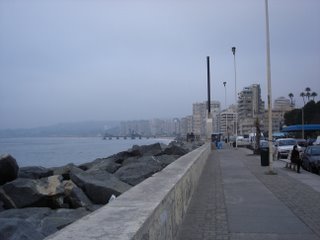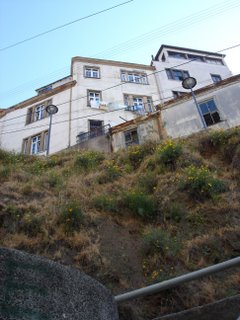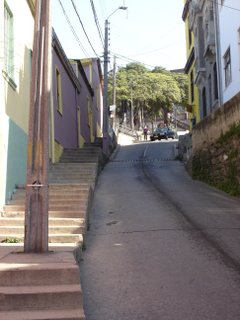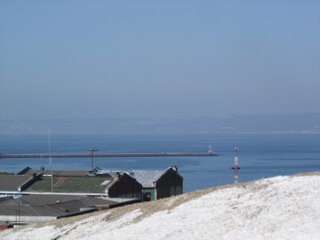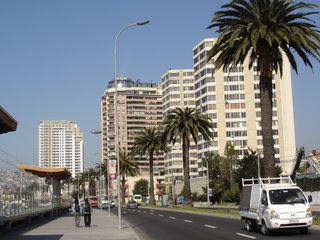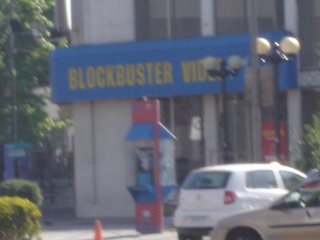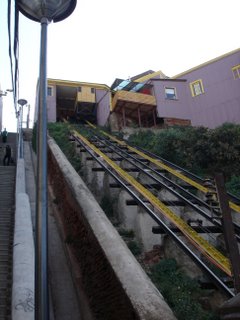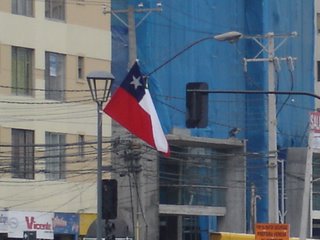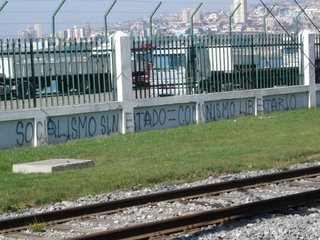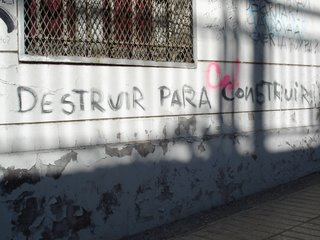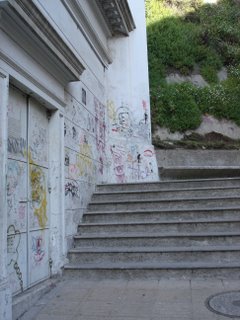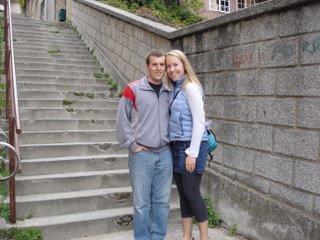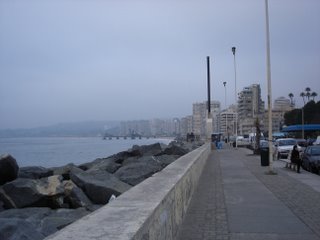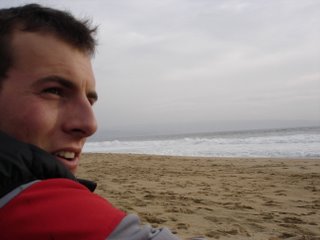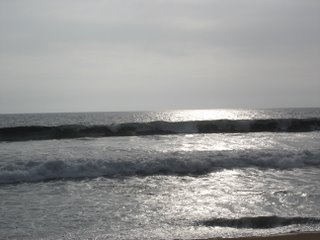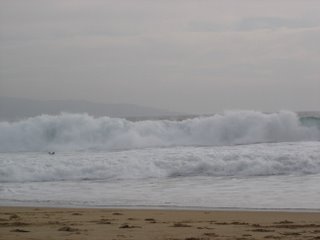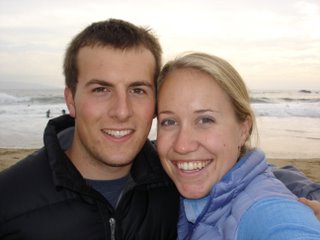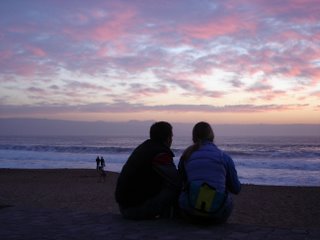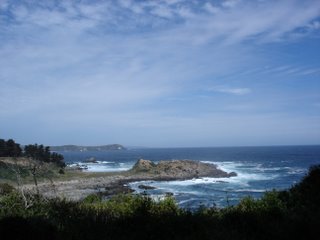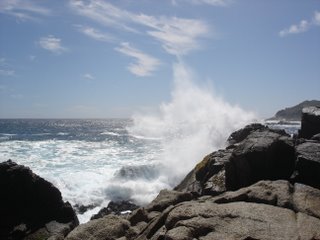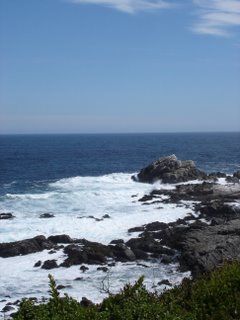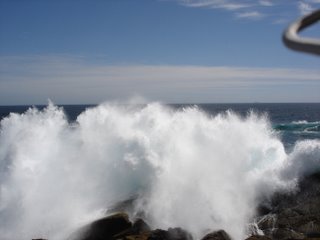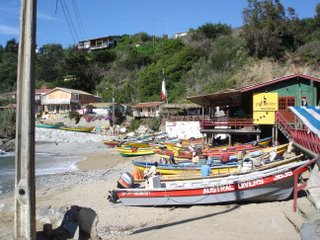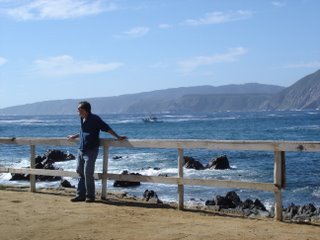I'm writing this entry from American soil again, and unfortunately my keyboard doesn't have all the cool punctuations like upside-down exclamation points and question marks. Hopefully it doesn't loose too much Chilean flavor. Like the last, this entry is composed of journal entries written by yours truly during the second of two backpacking trips in Patagonia. We hiked the "W" through Parque Nacional Torres del Paine for three nights and four days. It was an experience completely opposite the first trek as the park is an international destination for trekkers. We spoke almost no Spanish; instead we spoke English and heard French, German, Japanese, Hebrew, and more. Enjoy.
There is no entry for day 5 because it was spent in un-noteworthy fashion in Punta Arenas prepping for the trek and hanging out with Eduardo, the owner of the hostel. Come to think of it, I did meet a cool British couple last night--we watched the MTV European Music Awards. The commentary from the Brits was hilarious. I also met a German family with 2 kids aged 14 and 12 who were taking an entire year off school to travel the world. I was really impressed. Apparently the kids were both going to skip a year of school, and instead of moving up a class they're simply going to travel for a year and return to school with the same class.
Day 6 (Day 1 Torres del Paine)
Today began adn the ungodly hour of 6am because the direct bus to TDP left at 7:00 am. We somehow managed to make the bus on time, and it was one of those wierd chilean-bus-comes- to-this-random- corner-at-said-time-instances where you're never sure if you're in the right spot. Jeff and I wandered around looking confused for a few minutes until a couple older guys tipped us off that we were, in fact, in the correct location. We caught the bus ($10.000 pesos = $20 USD) and were on our way. The buses here are almost always way too hot, and there is no way to open a window or cool off. Hence, we arrived at the park 5 hours later sweaty and very ready to be on our way. Once again, the first part of the hike was rough. Jeff and I both agreed that our packs weighed about 15 lbs more than they did on the Dientes loop--probably because we brought a little extra food: 5 chorizo instead of 2, two bulging bags of cocoa, one bulging back of powdered milk, 2 entire onions instead of 1, and 6 bags of spaghetti sauce instead of 4. We resolved to eat a big dinner tonight. The "W" is the most popular route through the park because it takes the trekker to all the most spectacular sights in the park: the Torres themselves, Los Cuernos (the horns) and Glacier Grey. It is designed as a 4 night loop--the trekker hikes during the day to the base of a valley where he/she sets up camp, and then visits each attraction as a day hike. Because we didn't want to pay the 3.500 peso fee to camp, Jeff and I made the decision to hike up another 3 hours (according to the map) to the free camping. This made for a much more difficult hike, and 2 hard hours of hiking later we pitched our tent for free at "Campamento Torres."
Upon arrival we were asked to translate a letter for some german guy who didn't speak a lick of Spanish. His tent had been broken into and he wanted a letter notarized by the park rangers saying what had been stolen so that he could collect his insurance money. We translated the letter no problem. After setting up camp we hiked up 45 minutes to the Torres. They are very impressive, although I've seen them so many times in photos that I feel like I've already been here. We stayed for about 30 minutes and snapped photos then headed down. Dinner was spaghetti again and we'll be having that 2x more this week. Determined to shed weight from our packs we made a ton, and I am stuffed. It's now 10:15 and we're both in bed, ready to sleep. I'm tired and we have a big day tomorrow.
Day 7 (Day 2 TDP)
We slept through the alarm again today and therefore didn't set of till about 10 am. It was a long day of hiking. We left the campsite below the Torres and headed for Los Cuernos. All told I'm sure we did 20-25 km today, most of it with full packs. Almost all day we followed the shoreline of the icy blue glacial Lake Nordenskjold. It is really quite beautiful. At one point we ran into a frantic wife and her tour guide who seemed to have lost a 2 meter tall 40 year-old man named Miguel , a feat I found impressive on the clearly marked trail. He had only been lost some 15 minutes, but these two were going crazy! The woman was crying ad the guide was risking his life peering over a cliff to see if Miguel had fallen. At one point he asked Jeff and I to form a chain and support him as he leaned over the edge. Finally Jeff and I left to notify the rangers, and I don't know what became of it in the end. I think that Miguel had for some reason turned around and headed back to the campsite, and I'm sure he was just fine.
At "Campamento Los Cuernos" we set up camp, had some hot chocolate and headed up the trail to view the cuernos. It was raining so we couldn't see the cuernos very well, but on the opposite side of the valley we could see the Glacier Frances. The glacier(s) cling to the mountainside in impressive fashion. Every few minutes, a big chunk falls off. First you see a cascade of snow and ice that looks like a waterfall. Next, a boom that sounds like a prolonged clap of thunder reaches your ears. It is an incredible spectacle. The hike, although wet and uneventful, was splendid. Jeff turned around after an hour or so because his knee was hurting and I hiked alone for a bit. It was good to be alone, the rain and hour of day made me the only person on the trail. I'm tired, so that's all for now.
Day 8 (Day 3 TDP)
Today was really fun. We headed out of "Campamento Italiano" and toward Glacier Grey. I'm sure we did 25 km again today to reach "Campamento Las Guardas." There aren't as many people here, and the majority that are are hiking the circuit, a longer 7 day trek that goes through the entirety of the park. It rained hard today for about an hour, and I got soaked, but I dried out when we stopped to eat lunch at the refugio at the base of the valley. We ran into Jeff's parents at lunch because they're doing the W in the opposite direction, and Jeff has plans to meet up with them afterwards to go on a cruise. The funniest moment all day was when Jeff's dad dropped trow (aka deck change, changing into shorts from pants) in public. Jeff looked over at just the right moment and saw his dad in his underwear. His facial expression belied perfectly his train of thought: recognition, disbelief, and finally embarrassment. It was priceless.
We parted ways with his folks and headed up the valley toward the glacier. At the last refugio before the campsite, I bought a coke with the intention of pouring it over glacial ice. Unfortunately the campsite sits a solid 100 meters above the glacier (although on the map they're practically on the same contour line) and I wound up just drinking a $2.00 coke. The glacier is spectacular and the spectrum of color is unbelievable: everything from white to dark blue. I sat for a long while and watched in silence. It's so massive, steady and impressive, and it seems to stretch on forever. Actually it kind of does, because the glacier joins up with the Patagonian ice cap that covers hundreds of square miles. It was very quiet, watching the glacier, with not a breath of wind. At times it was possible to hear the slow creaking as it pushed it's way imperceptibly downwards into the lake.
Just before I got into the tent to write this entry we talked to a group of 2 Americans and 4 Israelis. The Israelis were fresh out of the army and they were a riot. They also brought an ipod with speakers, and as I lay in the tent I can hear "How many roads" by Bob Dylan. One Israeli has been dubbed "the donkey" by his friends because he reminds them of the donkey from Shrek, and the comparison isn't that far off. Tomorrow we're considering tagging a 7 hour dayhike up to a viewpoint onto our 5 hour descent to the refugio, but somehow I don't think we'll be capable of waking up at 5:30 to accomplish it.
Day 9 (Day 4 TDP)
Not suprisingly, we didn't roll out of bed until 11 o'clock. I thought it was raining again this morning, but it was just those stupid bugs pattering about between the rain fly and tent. It's the second morning I've slept in because I thought it was raining. Anyway, it was a wise decision not to hike more because we are both exhausted and rather worse for the wear. I think we would have died trying to climb the pass. We hiked back to the refugio where we ate lunch with Jeff's parents yesterday, and then paid $11.ooo pesos to take the boat back out of the park. The fare was pricey, but they did give out free hot chocolate. We ran into the Israelis again at the refugio--they're hilarious. We also met two Spaniards on the boat named Pablo and Miguel.
I should mention that we are paying 2.000 pesos per night for the hostel in Natales, which is far and away the best price in Chile (that's 4 dollars a night). The hostel was a recommendation of the Israelis and it is full of them. The joint is called "Maria Jose" and the sign out front is in English and Hebrew. We were starving when we came back so we went for pizza at "La Mesita Grande" which came higly recommended. It was nice, and it really was a "mesita grande;" everyone in the restaurant sat at the same long table.
ya me voy
Andrius


 This penguin in particular was very curious; he got close enough at one point that I could have reached out and smacked him upside the head. I didn't of course, but it gives a good idea of the proximity. I sat down to take a better photo, and between the sound of the camera and the "seated" position this guy had to come see what was up. No one else got as close to a penguin while standing, so I think sitting was the ticket.
This penguin in particular was very curious; he got close enough at one point that I could have reached out and smacked him upside the head. I didn't of course, but it gives a good idea of the proximity. I sat down to take a better photo, and between the sound of the camera and the "seated" position this guy had to come see what was up. No one else got as close to a penguin while standing, so I think sitting was the ticket.





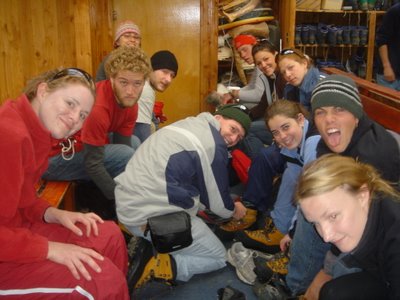




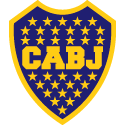 ¡Hola Amigos!
¡Hola Amigos!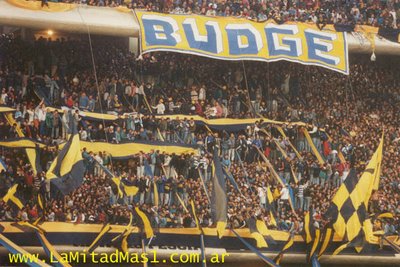
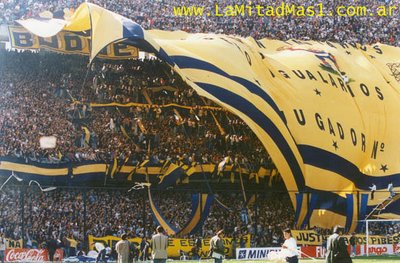
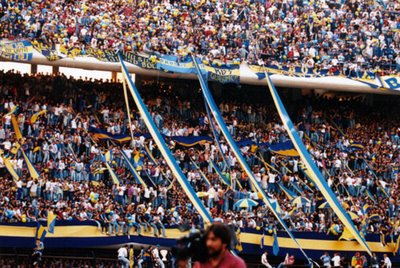
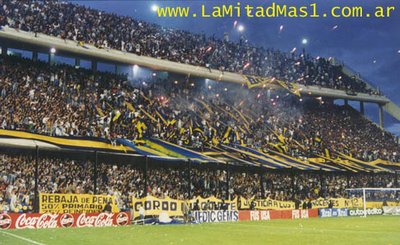

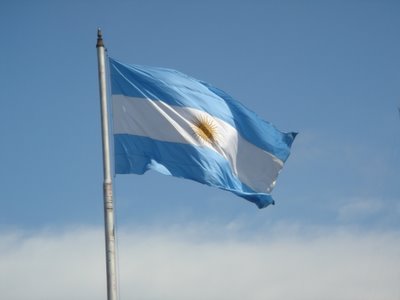
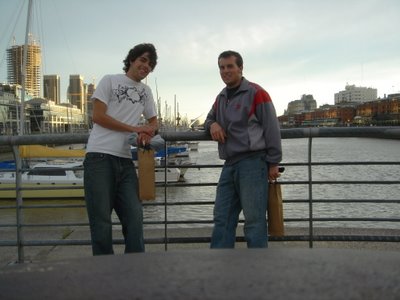 Luke and I by the harbor.
Luke and I by the harbor.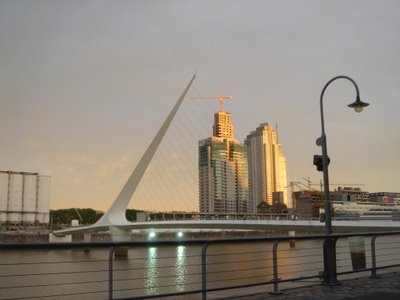
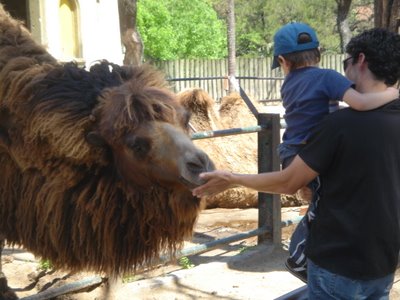
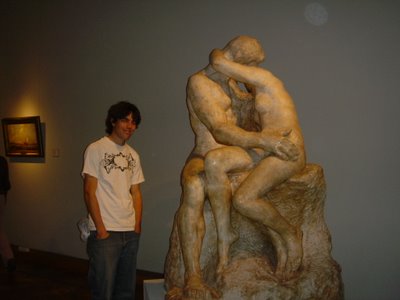
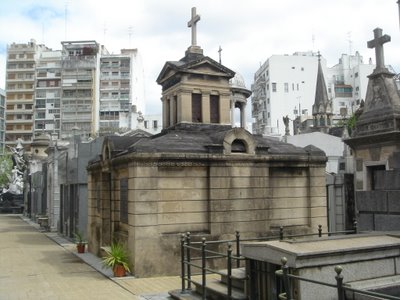
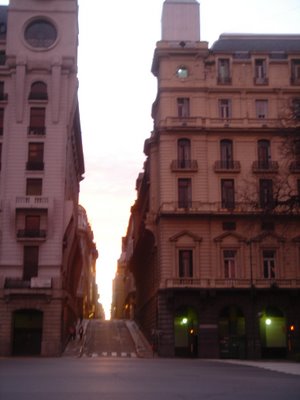 Don't let the picture fool you. This is an intersection of two very busy streets at sunset. I took the picture from the window of the taxi, and I don't know how there aren't any cars in the shot.
Don't let the picture fool you. This is an intersection of two very busy streets at sunset. I took the picture from the window of the taxi, and I don't know how there aren't any cars in the shot. 